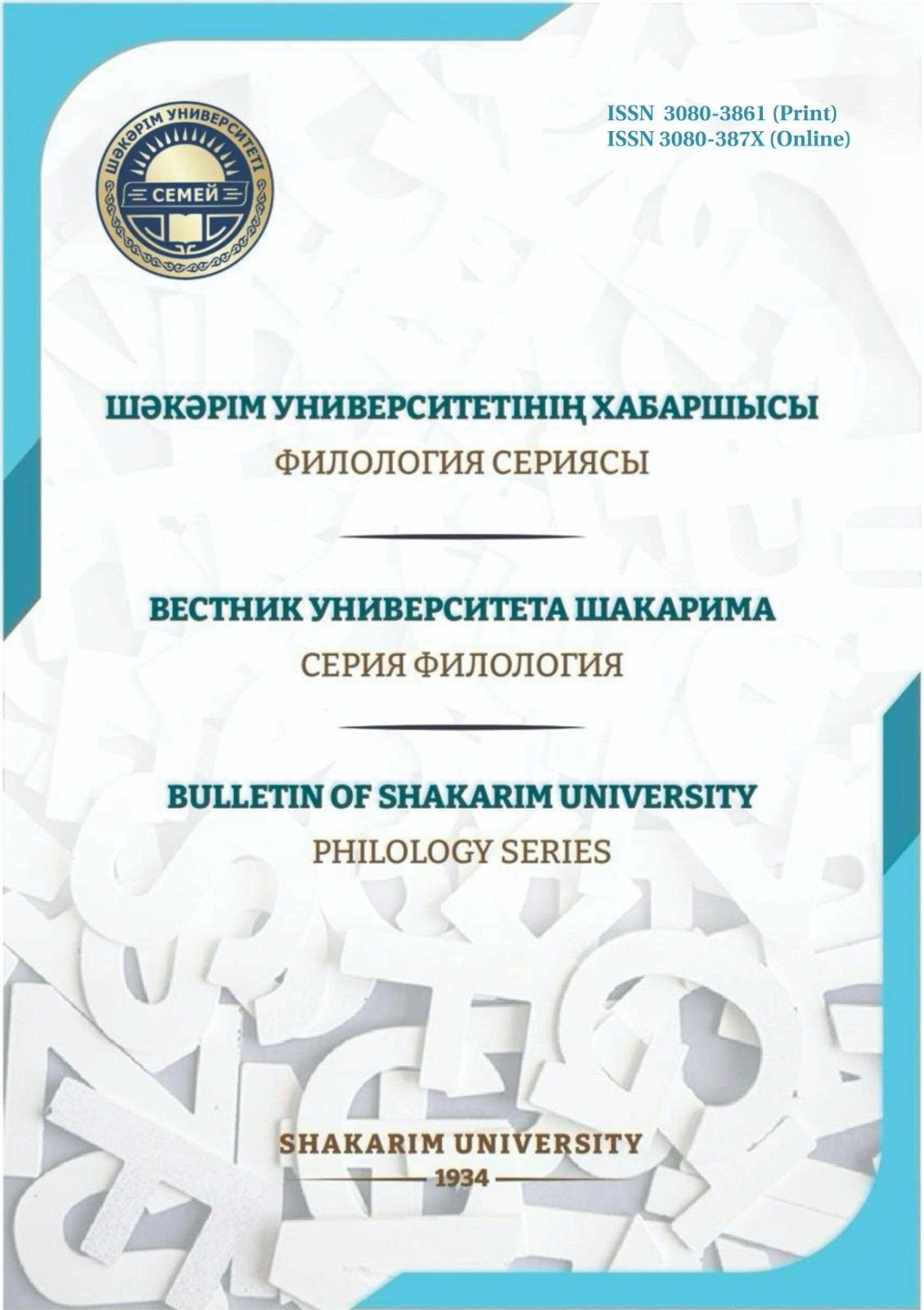THE WISDOM TRADITION IN THE WORKS OF HAKÎM ATA SÜLEYMAN BAKIRGANÎ
Keywords:
Hikmet, Süleyman Bakırganî, Ahmed Yesevî, Sufism, Turkish LiteratureAbstract
This article offers a comprehensive study of the wisdom (hikmet) tradition in the works of Süleyman Hakîm Ata Bakırganî. The research first examines the mystical, philosophical, and historical dimensions of the concept of hikmet, emphasizing the spiritual foundations established by Ahmed Yesevî and the continuation of this tradition across centuries. Hikmets are highlighted not only as tools for individual spiritual enrichment but also as important cultural phenomena that construct collective consciousness, moral principles, and value systems. In this regard, they are evaluated as both didactic instruments for transmitting Sufi teachings and as stabilizing factors for maintaining social and ethical order. Moreover, hikmets are described as elements that ensure cultural continuity, strengthen spiritual bonds among individuals, and contribute to the consolidation of religious and social identity. The study employs qualitative methods, comparative analysis, literature review, and textual interpretation, treating Süleyman Hakîm Ata’s works as an extension of the Yesevî tradition. The findings reveal the didactic function of hikmets, their role in the dissemination of religious and mystical values, and their central place in the history of literature. Ultimately, Süleyman Hakîm Ata’s hikmets are characterized not only as literary heritage but also as enduring carriers of social, cultural, and moral values.
Downloads
Published
Issue
Section
License
Copyright (c) 2025 The editorial staff of the journal follows the copyright law of the Republic of Kazakhstan and relevant international agreements. The authors retain their copyright and provide the journal «Bulletin of Shakarim University. Series of Historical Sciences» right of first publication of the manuscript. The author has the right to copy and distribute the material in any medium and in any format, subject to appropriate reference to the journal. Readers and users can freely copy, distribute and adapt the material, provided that the author of the work is indicated and a link to this journal is provided. Copyright presupposes the integrity and responsibility of each co-author who made a significant contribution to the writing of the article. The author has the right to store his publications in an institutional or other repository of his choice, provided he provides the appropriate link to the journal’s website.

This work is licensed under a Creative Commons Attribution-NonCommercial 4.0 International License.
Copyright presupposes the integrity and responsibility of each co-author who made a significant contribution to the writing of the article.
The author has the right to store his publications in an institutional or other repository of his choice, provided he provides the appropriate link to the journal’s website.

